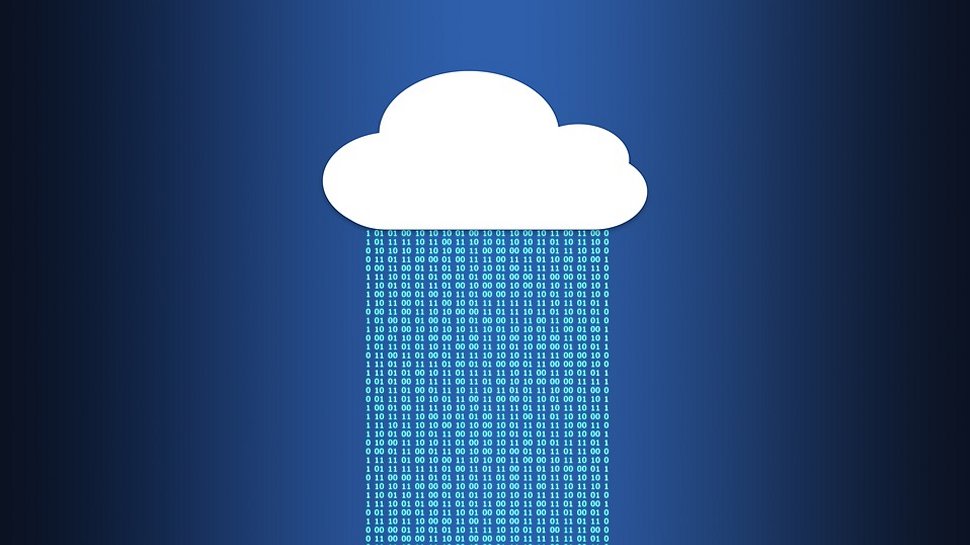What is Amazon Kinesis?
Analyzing data on the fly

A constant flow of information in business is more like a firehose than any of us want to imagine. It’s a steady stream, often bursting at the seams, and it doesn’t let up. Tracking and managing that firehose of data can be a Herculean task because you’re always playing catch-up -- analyzing the data after it has been transmitted and generating reports at a later date. The problem, of course, is that “the later date” never comes and sometimes we process reams and reams of data, store it and archive it, without ever really analyzing it.
Amazon Kinesis is a real-time cloud analytics engine that collects, analyzes, and reports on data transmission in your company as it happens, using the power of cloud computing services. You can think of it as a pipe that connects two firehoses -- the data comes in, Amazon Kinesis can analyze it as it transmits, and then the data keeps flowing. Instead of using an analytics dashboard or generating that are only helpful later, you can make business decisions and respond to data flows in real-time.
As an example of this, think about a vast multiplayer gaming system where thousands or even millions of gamers participate online. Talk about a steady flow of data. There are thousands of data requests in terms of player movements, rewards they collect, and achievements in the game not to mention the transactional data -- what they purchase in the game and their records in terms of what they can access and how they pay for their membership.
For a company running a gaming network like that, it’s easy to see how complex the interactions are between gamers, the network, and the IT infrastructure management required to host the game. Amazon Kinesis tracks the interactions at every level as it happens. For example, if there’s a new high-score for a multiplayer battle -- say, completing a level in record time or defeating every opponent -- Amazon Kinesis can report on this information within seconds.
For other data throughput scenarios, real-time analysis and reporting are incredibly valuable. This can include scenarios such as connected smart home devices and Internet of Things devices, medical records for a large hospital chain, data collected from a car and analyzed for machine learning application such as autonomous driving, or even on a website to find out exactly which sections of an e-commerce website someone visits and where they click.
Benefits of Amazon Kinesis
One of the key benefits to Amazon Kinesis is that the business decision-makers, developers, analysts, and data scientists are all better informed and able to make better (and faster) decisions. The firehose of data is not so overwhelming. The rich analytics and business intelligence is all available right away, not just as part of a report or a dashboard that summarizes findings. There’s no need to wait until all of the data is collected and put under a microscope because the microscope is constantly looking at the data as it flows on the network.
There are quite a few practical benefits to this, starting with the ability to improve your service. In the case of the multiplayer gaming system, there are tradition benefits such as reporting back to the user on high-scores and achievements, but perhaps even more importantly it means companies can examine and problems on the system in real-time and deal with them as they occur, not after the problems have caused users to unsubscribe.
Sign up to the TechRadar Pro newsletter to get all the top news, opinion, features and guidance your business needs to succeed!
Another practical benefit has to do with the speed of decision making. Because the analytics are provided in real-time as they happen, companies can then make real-time decisions about that data. In the example of the autonomous car, an automaker might run a simulation in a crowded urban area to see how the robotic vehicle performs, and make decisions about the GPS fleet tracking, location data and the sensors that track how the car adjusts its speed.
In a traditional model, where data is summarized later, the automaker might run simulations and then analyze the data later. One reason this is sometimes true has to do with the scope of the needs for data discovery and reporting. Some companies just can’t manage and maintain the infrastructure required for real-time data analytics. That’s another major advantage to use Amazon Kinesis because the service can scale according to your real-time data analysis needs. There’s no need to build-out the infrastructure first or to scale p or down for each new project.
This also helps tremendously with the costs. Typically, real-time data analytics is complex, difficult to manage, and requires high-end servers, networks, and vast amounts of online storage but Amazon Kinesis can scale according to the project needs and scope. Yet the costs are related to the actual analytics you perform. With traditional batch processing for data analytics, one that is housed and analyzed in a traditional on-premise data center, that’s just not the case.
- Keep your business safe with the best cloud firewall.
John Brandon has covered gadgets and cars for the past 12 years having published over 12,000 articles and tested nearly 8,000 products. He's nothing if not prolific. Before starting his writing career, he led an Information Design practice at a large consumer electronics retailer in the US. His hobbies include deep sea exploration, complaining about the weather, and engineering a vast multiverse conspiracy.
